The covid vaccines may have risks, but we can’t be picky during a pandemic
April 26, 2021
Over the last couple of months, COVID-19 vaccinations have really amped up nationwide, but especially in Vermont, where more than 51% of residents have received at least one dose as of April 25th according to data from the Center for Disease Control (CDC).
This week, the last vaccine holdouts in the state of Vermont, out-of-state students, become eligible to get their shots.
This timeline from a perceived scarcity just a few months ago to an abundance is thanks to several factors, including government action to improve supply chains and purchase more vaccines.
Yet potentially the most well-known contributor was the approval of a third vaccine, one which can be stored at warmer temperatures than the other varieties and only requires a single dose to be effective, the Johnson-Johnson vaccine.
CDC data shows that more than 7 million Americans have received their shots since it was approved for emergency use in February.
However, there has been a recent hiccup regarding this, as on April 13th, the Food and Drug Administration made the recommendation to suspend use of this vaccine after twelve recipients, all women under the age of 50, experienced rare blood clots, with three of them dying. Every state soon followed suit in pausing the administration of the Johnson-Johnson vaccine.
Despite being in the best interest of human health, this suspension was problematic for a number of reasons.
To start, the proportion of affected recipients is incredibly small, just under two in a million. You are almost as likely to be struck by lightning this year as getting a blood clot after getting the Johnson-Johnson vaccine.
And yet, many drugs, medicines and vaccines have harmful side effects that are much more likely than this.
Take many birth control pills, which have odds as high as one in every few thousand users to get harmful blood clots, according to a study conducted by the FDA.
However, one must note that this isn’t the same condition as observed in vaccine users. Clots as a result of birth control are usually found in the legs, while the clots of vaccine users have been found in the brain according to a April. 23 USA Today article.
The impact of the suspension has also been noticeable, with a distinct dip in vaccinations in recent weeks observed in CDC data. As reported by CNBC, many have also had to reschedule vaccination appointments, sending both residents and their states into a frenzy.
It’s known that there are around ten million doses of the Johnson-Johnson vaccine distributed sitting in storage across the country, with more promised in the future.
In fact, the New York Times noted that it had originally been hoped by federal officials that there could soon be as many as four million doses distributed per week, a large number considering the seven million people that have received the vaccine since its launch.
Because the vaccine is a single dose, making it ideal for college students who will be leaving school too soon to get a two-dose series in the same place, college students were one of many groups affected by its pause.
Another problem caused by this pause is vaccine hesitancy, not just in getting the Johnson-Johnson now that it is resumed, but also for getting the other two COVID vaccines.
A significant portion of the population–around 15%–are thought to be hesitant about getting vaccinated, according to recent surveys conducted by the Department of Health and Human Services. This could be caused by fears of the vaccines “poisoning” the body, as well as more dubious claims such as the vaccines containing GPS-tracking microchips.
With the vaccine hiccup involving the Johnson-Johnson vaccine, this could cause people on the fence to associate the dangers of one vaccine with all of them. This is simply unfounded, with both Pfizer and Moderna’s most severe side-effects being similar to mild COVID symptoms which while uncomfortable, are relatively harmless.
Many who are pressured by society are also using this event as an excuse not to get vaccinated. However, herd immunity depends on everyone getting the shot who can, so the best thing anyone can do today is get vaccinated.
After a review by the CDC, the Johnson-Johnson vaccine was allowed to be used again on April 23rd, 10 days after the suspension. On top of that, it was announced that it would be presented with a warning label of the side effects, noting that young women are especially vulnerable.
This is a good approach because it makes it the user’s choice on whether to get this particular vaccine and clearly defines the risks. In addition, people should be immediately informed if any further risks arise from the vaccine.
This is not to say research into the vaccine risk shouldn’t be stopped, as it is essential it should keep going as swiftly as possible in order to put any unknowns to rest. Vaccines are meant to be relatively safe and reliable protection from COVID-19, so research in the field of detecting negative side effects is essential.
They should be informed of the possible risks and if any new information emerges. The convenience and essentiality to the US vaccine supply is simply too great to suddenly pause it.
This is not to say research into the vaccine risk shouldn’t be stopped, as it is essential it should keep going as swiftly as possible in order to put any unknowns to rest.
For most people, they should still follow CDC advice of getting whatever vaccine is available to them. The risk of complications from the Johnson-Johnson vaccine is simply too low to play a significant factor.
The only exception to this rule regarding the Johnson-Johnson would be if your doctor recommends you to not take it. Instead, take a different vaccine, as the others have no negative side effects and one “risky” vaccine is no excuse to pass on all of them.
Right now, the priority of getting most of America vaccinated as soon as possible far outweighs the minimal risk of the Johnson-Johnson vaccine as well as the nonexistent risk of the other two vaccines.
The sooner we get vaccinated, the sooner we can return to normal life.


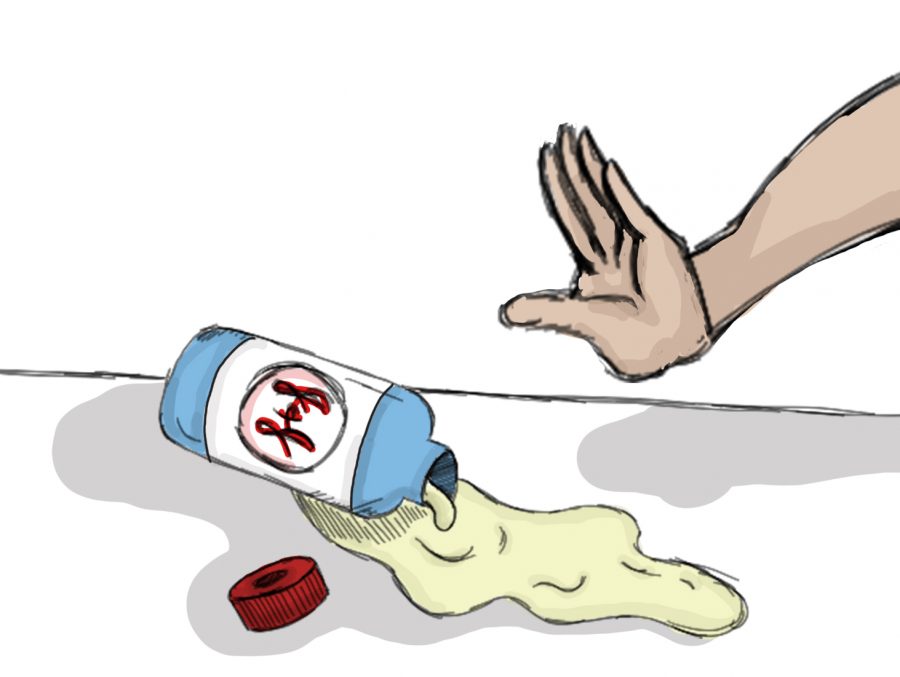






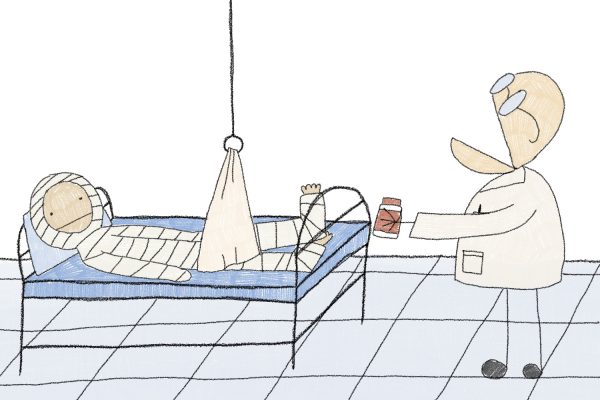
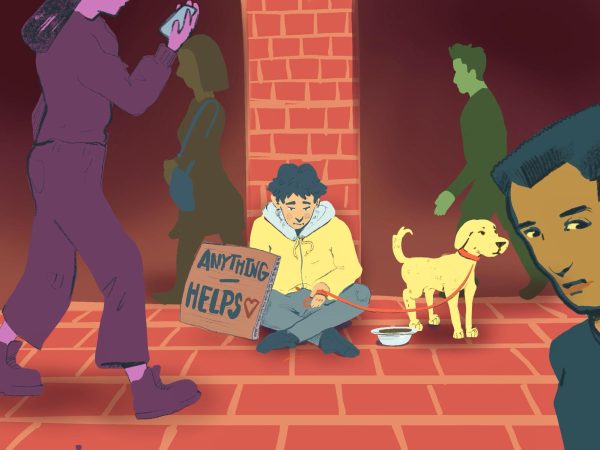

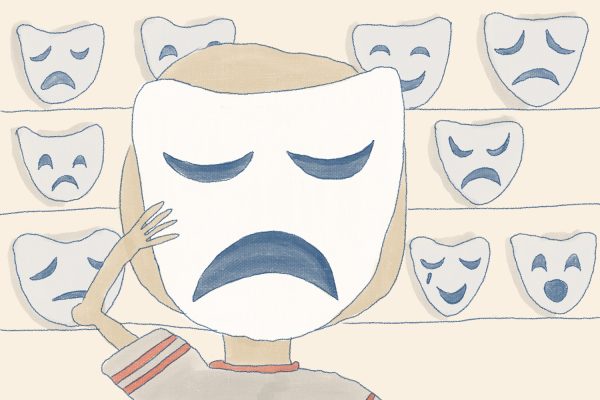
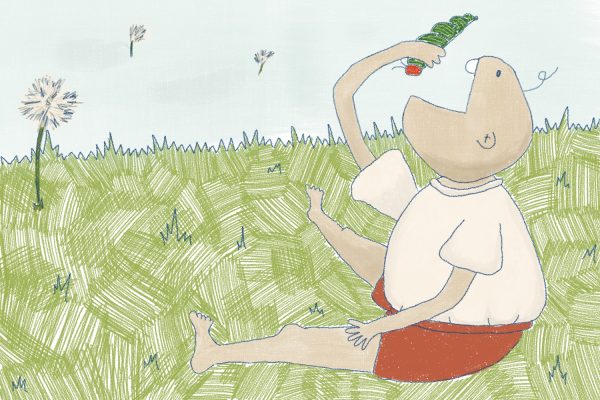
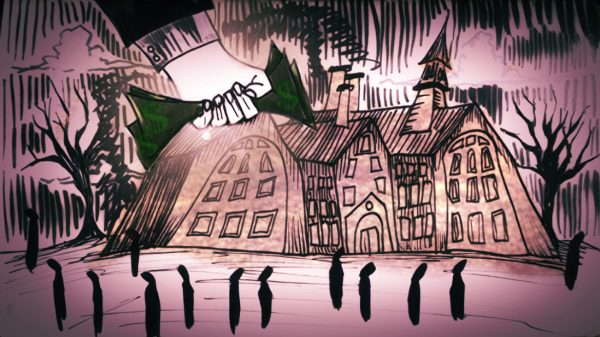

![Can’t buy me [self] love](https://vtcynic.com/wp-content/uploads/2024/04/self-care-FINAL-600x398.jpg)
